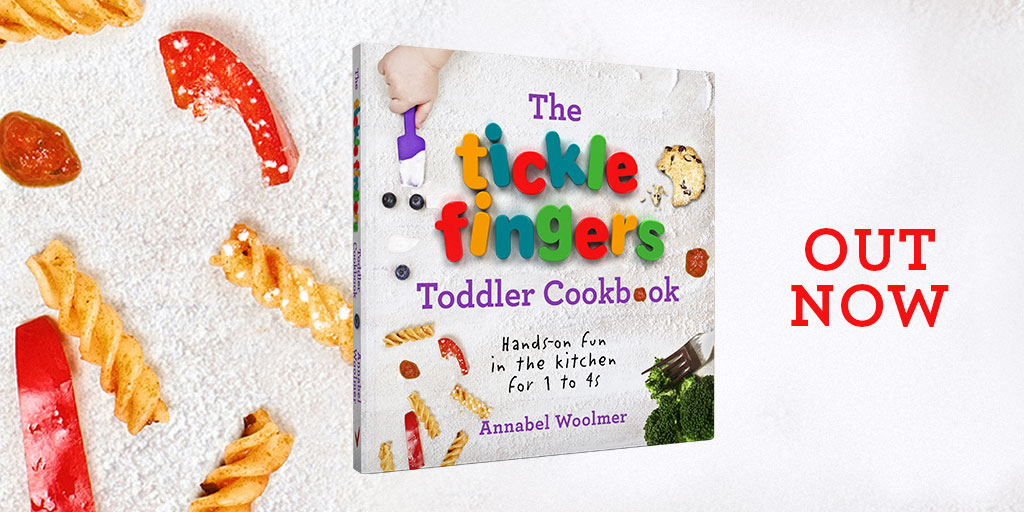This is the third and final article of our 'Educate your child about money' series from our maths teacher, Mr Lambert. Read his advice about making smart financial choices during shopping and have fun lerning!

Every child has experienced food shopping with their parents, but check out how many fabulous maths opportunities exist at the supermarket! Below are a few activities to get you started and help your child understand the value of money and exercise their brain with our maths examples.
Primary
Rounding - Round all purchases to the nearest pound and then add them up. When you go to the till, see how close you got.
Estimating – Have a look in the trolley and everyone estimate the total cost. Can you justify it? Perhaps the person closest wins a healthy snack.
Addition – Take any two or three items and add their prices together. Choose your products carefully depending on how confident your child is with decimals.
Multi-buy – When you buy two or more of the same product, do the appropriate multiplication.
Shape – how many different 2D or 3D shapes can your child spot in the supermarket? Can they draw them all? Can they name them? What are their properties in terms of faces, edges and vertices?
[gallery ids="4972,4969,4973"]
Secondary
Best Buy – Products come in different sizes. Is the biggest one the best value? Will it actually fit in your fridge?
Buy 2 get 1 free – How many would you need to pay for if you wanted 12? What would be the total cost?
Percentage Discount – The supermarket is full of special offers, but how special are they really? Can you work out the percentage reduction?
Equivalent Fractions – If an apple cost 24p and a pineapple 96p, what fraction of the cost of a pineapple is the cost of an apple? Make sure you simplify it as much as possible.
Reverse Percentages – A sign says Beef Mince - 20% off – now £4.80. How much was it originally?
Enjoy having fun playing these games together, developing responsibility in your children and watching them develop those essential money management life skills.
Are you looking for more financial education examples for primary school children? Check out the following tutorial worksheets to support your child’s learning about money:
Primary school
- Money: Paying with Coins
- Counting Cash
- Counting Cash: Change from £5, £10 and £20
- Subtract with Money
- Division with Money
- Calculating the Value of a Discount
Secondary school









